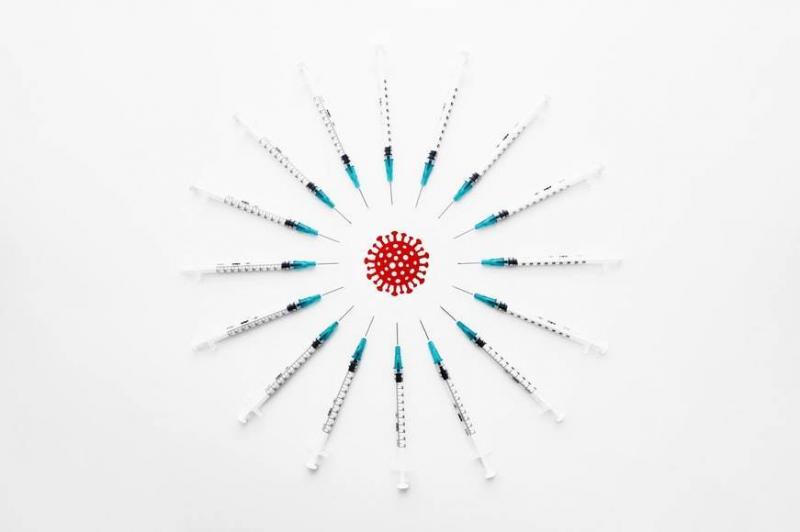Doctors are still observing new symptoms related to the new variant of the coronavirus, "Omicron." Recently, new skin-related signs have been identified that serve as warning signals for those infected. The British newspaper "The Sun" reported, based on doctors' insights, that some individuals have noticed strange skin marks, which may be mistaken for mere dryness or even allergies. However, experts warn that there is a specific skin sign that may indicate an Omicron infection, as follows:
- **Skin Color Change:** You may notice a change in your skin or that of a family member to a pale, blue, or gray color, which is a warning sign of "Omicron."
- **Rash:** Previous data showed that several COVID-19 patients experience skin rashes. There are two types of rashes reported by individuals who tested positive; the first resembles hives and appears suddenly as itchy bumps on the body's extremities.
- **Severe Rash:** This symptom is characterized by a severe rash that spreads across the entire body, although it is concentrated around the elbows, knees, and backs of the hands and feet, appearing as red circles. A doctor in London observed that this symptom has been noted among children infected with "Omicron," indicating that 15% of those with the variant experience it.
- **COVID Toes:** This symptom can affect individuals of all ages, with children and teenagers being the most affected. It results in the patient's toes appearing red and inflamed, which may be painful and itchy in some cases.
- **Cold Sores on Lips:** Several individuals infected with "Omicron" have reported symptoms similar to those of a cold, including sores on the lips. Experts noted that the lips can become dry and cracked even after the patient recovers from "Omicron," causing internal mouth pain.
- **Dry Skin:** Reports have surfaced about individuals suffering from atopic dermatitis (eczema), which leads to inflamed, dry skin. This symptom is concentrated around the neck and chest. Experts indicate that it primarily occurs on the front part of the chest, which is exposed to sunlight, and is usually pink in color, possibly persisting even after the infection.




